Let's talk American Shorthairs
Regarded as the American forebearers of the U.S. cat family, this popular breed was originally brought over from Europe in the 1600s. Used by seafarers to control the rodent population on board the ships, the American Shorthair still retains something of that hunting instinct today (keep a close eye on your computer mouse…). Strong, agile, and lively, they are also notable for their beautiful and highly varied coloring. Most of all, though, the American Shorthair makes an affectionate, gentle pet who will often form a strong attachment to their owners.
Official name: American Shorthair
Origins: USA
Chiều dài lông
undefined out of 5Mức độ rụng lông
undefined out of 5Nhu cầu chải chuốt
undefined out of 5Mức năng lượng*
undefined out of 5Xu hướng gây ồn ào
undefined out of 5Thú cưng trong gia đình?*
undefined out of 5Khả năng hòa đồng với các thú cưng khác
undefined out of 5Có thể ở một mình?*
undefined out of 5Môi trường (trong nhà/ngoài trời)
undefined out of 5
| Male | Female |
|---|---|
| Height | Height |
| 8 - 10 in | 8 - 10 in |
| Weight | Weight |
| 11 - 15.5 lb | 7.5 - 11 lb |
| Life stages | |
|---|---|
| Mèo con đang lớn | Giai đoạn trưởng thành |
| birth to 4 month | 1 to 7 years |
| Trưởng thành | Lớn tuổi |
| 7 to 12 years | 12+ |
Chiều dài lông
undefined out of 5Mức độ rụng lông
undefined out of 5Nhu cầu chải chuốt
undefined out of 5Mức năng lượng*
undefined out of 5Xu hướng gây ồn ào
undefined out of 5Thú cưng trong gia đình?*
undefined out of 5Khả năng hòa đồng với các thú cưng khác
undefined out of 5Có thể ở một mình?*
undefined out of 5Môi trường (trong nhà/ngoài trời)
undefined out of 5
| Male | Female |
|---|---|
| Height | Height |
| 8 - 10 in | 8 - 10 in |
| Weight | Weight |
| 11 - 15.5 lb | 7.5 - 11 lb |
| Life stages | |
|---|---|
| Mèo con đang lớn | Giai đoạn trưởng thành |
| birth to 4 month | 1 to 7 years |
| Trưởng thành | Lớn tuổi |
| 7 to 12 years | 12+ |
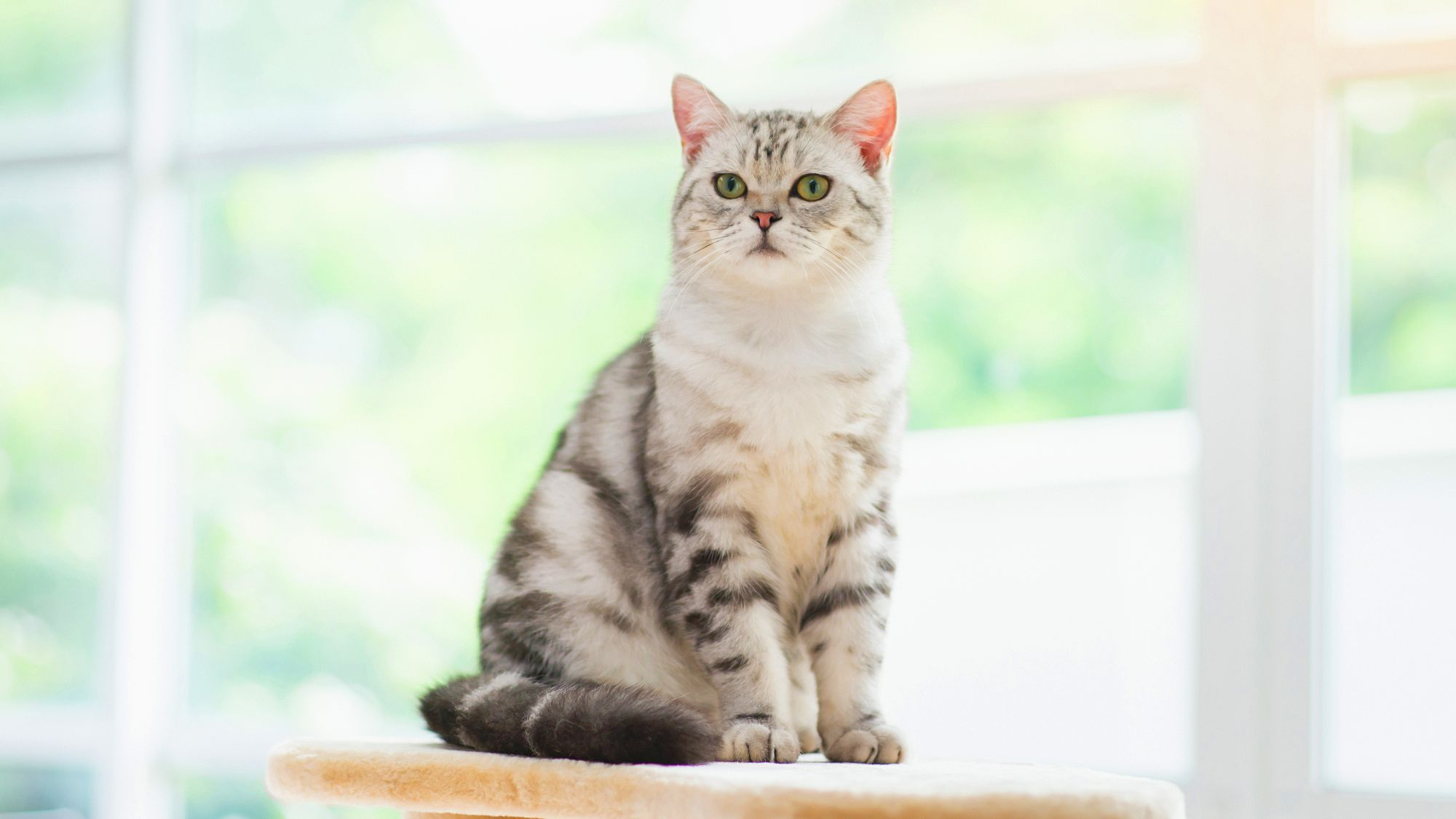
Get to know the American Shorthair
All you need to know about the breed
Renowned for their easy-going, relaxed personality, American Shorthairs are also quite a playful breed of cat. As such, they tend to be popular with families, especially as they are known to be good with children. Generally speaking, they also get along fine with other cats and dogs, too.
Originally brought to the U.S. by early settlers in the 1600s, these seafaring cats were used to protect the ships’ supplies from mice and other rodents. On their arrival in the U.S., they soon became a fixture in domestic homes – and were eventually adopted by the Americans as their own.
Medium in size, American Shorthairs are known for their beautiful and varied colors and markings. In fact, there are more than 60 variations in the breed. One of the most striking, though, must surely be the sterling silver coat, which can also be flecked with black markings.
As a short-haired breed of cat, the American Shorthair doesn’t require much maintenance from their owners – and are also known for their generally healthy countenance. In fact, the American Shorthair has a longer-than-average lifespan that can easily reach between 15 and 20 years.
This resilience comes in part from their origins as a self-sufficient hunting cat. In short, there’s not much that fazes this plucky puss.
While it’s true that the American Shorthair likes to play, they are also equally happy when curled up on the sofa. They are also just the right mix of independence and affection. Though they like to do their own thing to some extent, they also appreciate the attention and caresses of their owner with whom they can often form a strong bond.
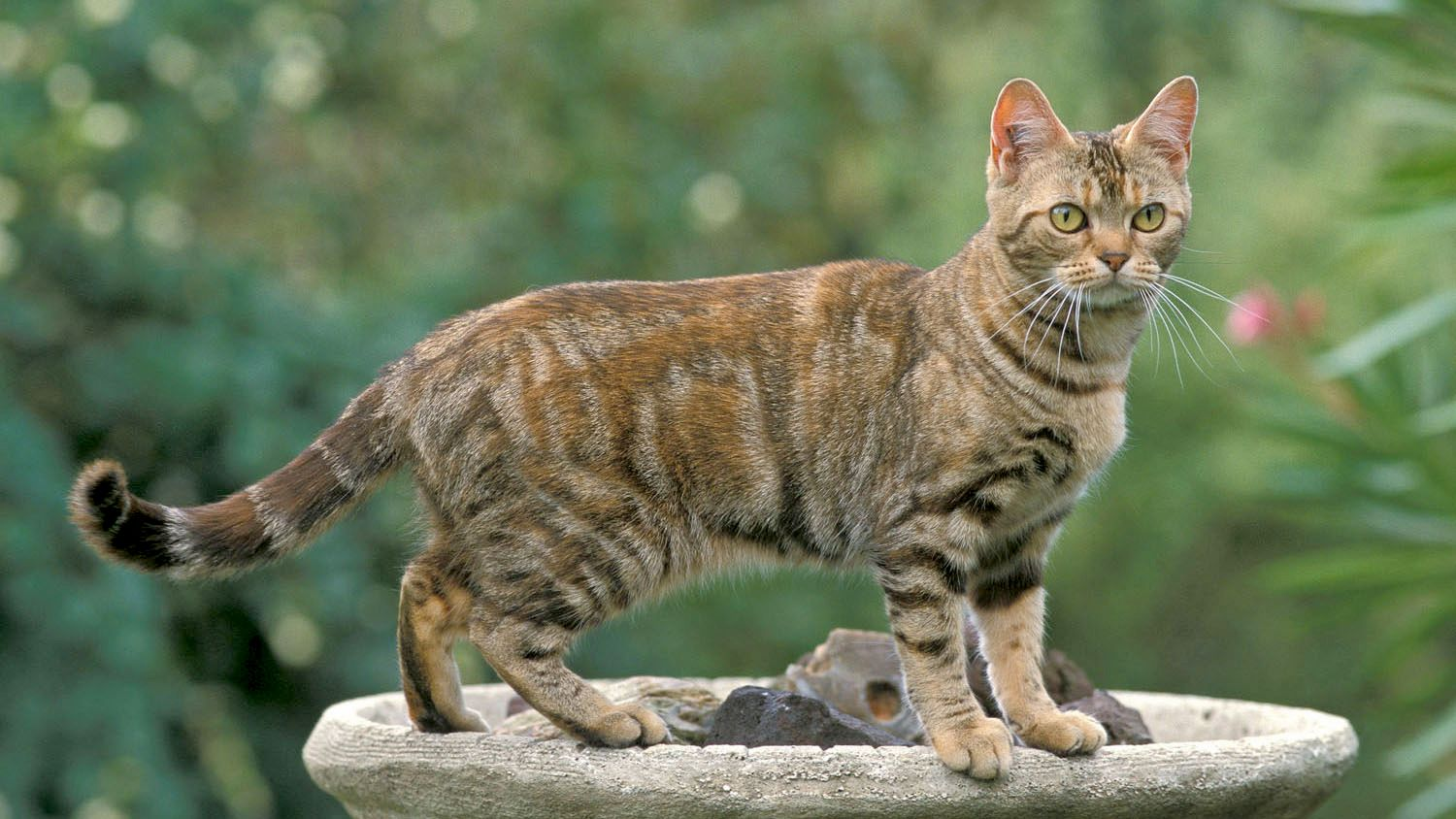
Two facts about American Shorthairs
1. Presidential pretensions
Did you know that the American Shorthair has even made it into the White House? Former president George Bush and his family owned an American Shorthair named India.
2. Happy 400th birthday
It is thought that some of the American Shorthair’s ancestors may have traveled on board the ‘Mayflower’ herself. If that was the case then 2020 would have marked the 400th anniversary of the breed. So, many happy returns to this classic American cat!
History of the breed
Although they have long been claimed by the U.S. as their own, the American Shorthair breed has its original roots in Europe. During the 1600s, however, they were brought over by the adventurers who tried their luck on the high seas.
Back then, these early American cats were used to protect the ships’ precious stores and cargo from mice and rats. Strong and sure-footed animals, they had a keen intelligence about them too. They were also notable for the variety of colors and patterns in their coats.
On their arrival in the U.S., they were initially utilized by farmers and shopkeepers for their hunting skills. Before long, though, people also began to recognize their value as domestic animals. It was then that they became popular as family pets.
Later, in the 1800s, there developed a sudden surge in showing cats. So, it was decided that there should be a representative of the breed. In 1906, official recognition as the ‘Domestic Shorthair’ was given.
Finally, in the early 1960s, the breed was renamed the ‘American Shorthair’ that we know today. The icing on the cake came in 1965 when an American Shorthair was declared ‘Best Cat of the Year’ by the Cat Fanciers Association (CFA) – a title devotees would argue stands true every year.
From head to tail
Physical characteristics of American Shorthairs
1.Head
2.Body
3.Tail
4.Fur
5.Coat
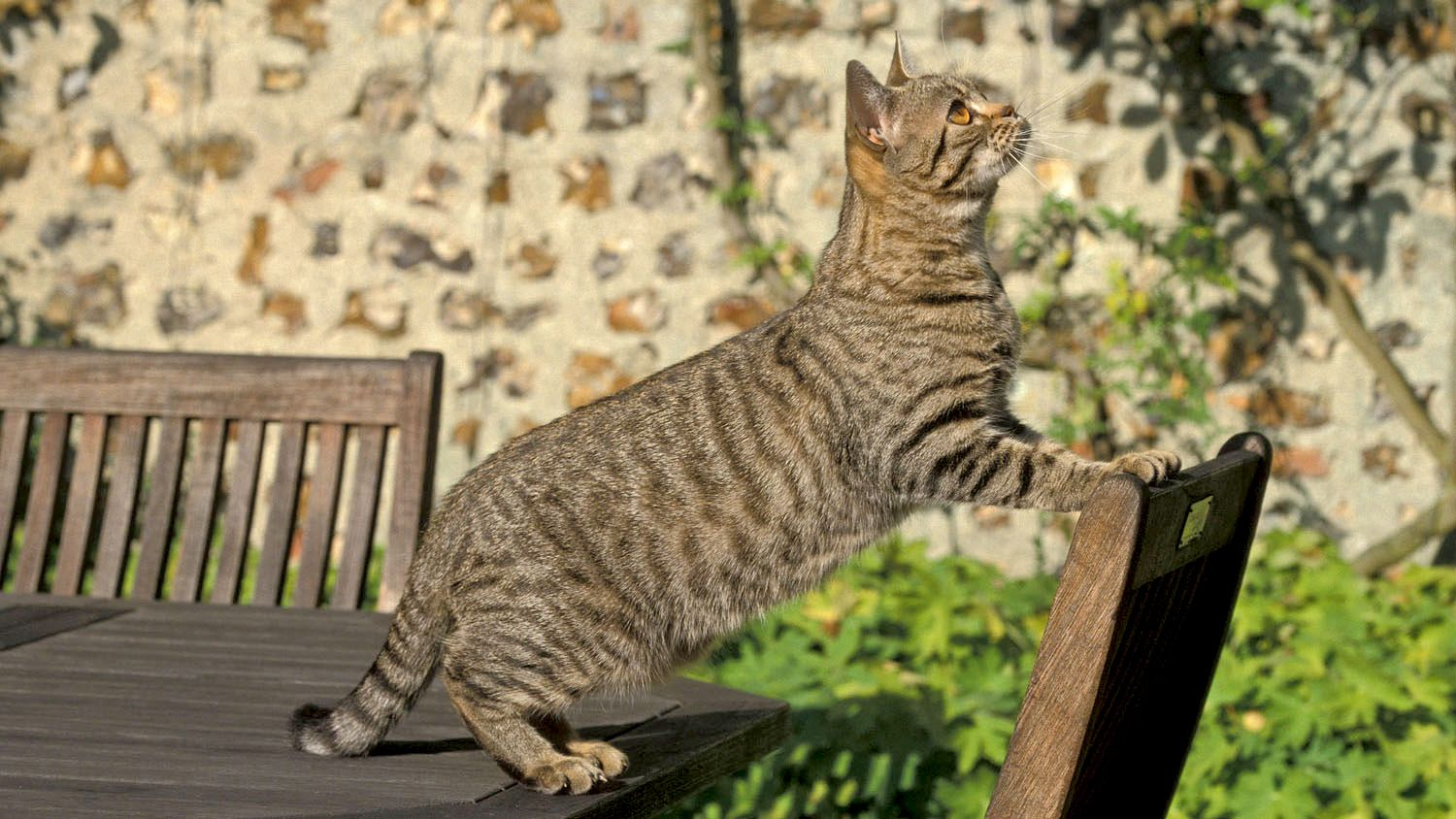
Things to look out for
From specific breed traits to a general health overview, here are some interesting facts about your American Shorthair
They can potentially suffer from heart disease
Although a generally healthy breed of cat, with an average lifespan of 15 to 20 years, the American Shorthair can be prone to a few possible health problems. One of the most common of these is a condition called hypertrophic cardiomyopathy – which is a thickening of the heart muscle. Symptoms can include rapid breathing, general fatigue, and a disinterest in their food. While the disease unfortunately has no cure as yet, the good news is that it can be managed. Your vet will be able to advise on a combination of medication and a bespoke diet for your American Shorthair.
It’s important to keep their weight in check
Another thing to be aware of with the American Shorthair is their propensity to put on weight. As this is a trait that the breed is particularly prone to, they can easily become obese without proper exercise and an appropriate diet – and this is especially true for neutered cats. If your American Shorthair seems to be gaining weight, they may need a tailored nutrition program. Have a chat with your veterinarian who will be able to advise on this – and be sure to avoid any unhealthy treats.
They can also be prone to joint problems
In particular, the American Shorthair can be susceptible to a condition called hip dysplasia, a hereditary disorder where the ball and socket become misaligned. There can be various visible signs of this – for example, if your cat starts moving slowly, limping, or avoids jumping. While the condition can’t be cured, it can be managed. Depending on the severity, weight management, medication, and surgery can all help to alleviate the symptoms. Choosing a responsible breeder can also reduce the risk, as they will be screening for the condition in the kittens’ parents, and it’s important to keep your cat’s weight in check too.
Healthy diet, healthier cat
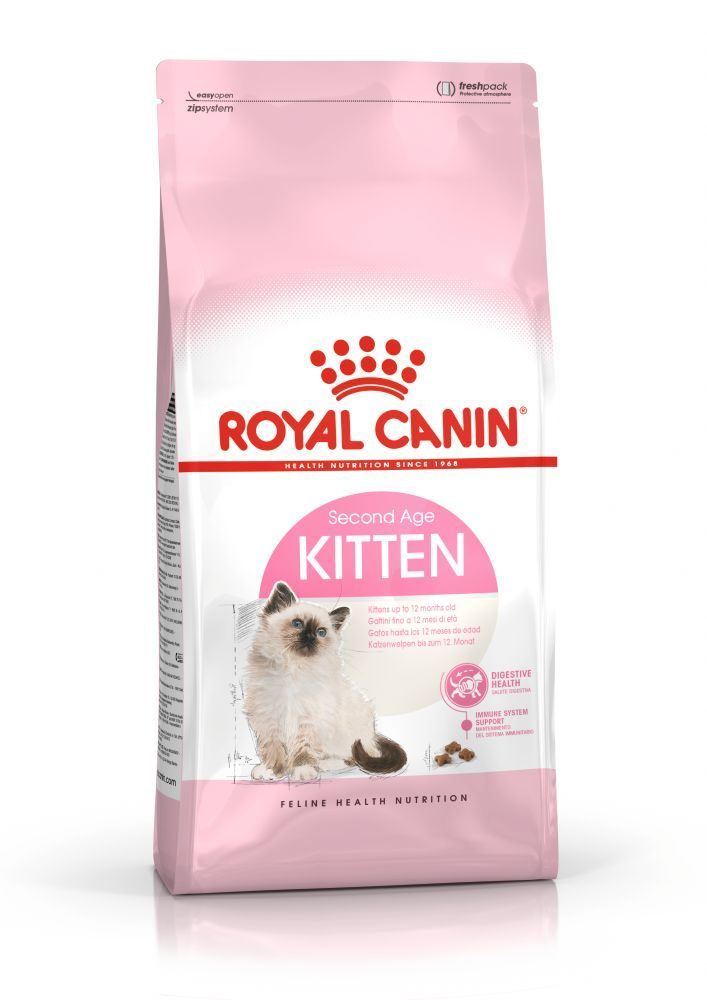
Tailored health nutrition has a fundamental role to play in maintaining the health and beauty of American Shorthair cats. Food provides energy to help with vital functions and a complete nutritional formula for cats should contain an adapted balance of nutrients. Feeding them in this way will offer a diet that’s neither deficient nor excessive, both of which could have adverse effects on your cat’s health. Clean, fresh water should be available at all times to support good urinary regularity. Cats are also naturally adapted to eating small servings - between 7 and 10 times a day. Giving them the recommended daily ration of kibble once a day will let the cat regulate their own consumption; ironically, when they have only one or two servings a day, their weight increases more than a cat who eats on demand.The following recommendations are for healthy animals. If your cat has health problems, please consult your veterinarian who will prescribe an exclusively veterinary diet.
Growth is an essential stage in the kitten’s life: it is a time of big changes, discoveries, and new encounters. An American Shorthair kitten’s requirements, in terms of energy, protein, minerals and vitamins, are much greater than those of an adult cat. They need energy and nutrients to maintain their body, but also to grow and build it. A kitten’s growth can be divided into two phases:
Construction
From birth to 4 months
Weaning is the transition a kitten makes from liquid - or maternal milk - to solid food. This period naturally corresponds to the time when they cut their milk teeth, at 3 to 6 weeks old. At this stage, kittens are not yet able to crunch, so a soft meal (rehydrated kibble or an adapted wet food) helps facilitate the transition between liquids and solids.
Between 4 and 12 weeks after birth
the natural immunity a kitten receives from
the mother’s colostrum - or first milk - decreases while the kitten’s immune
system gradually develops. This critical time, called the immunity gap,
requires a complex of antioxidants, including vitamin E, to help support their
natural defences. Kittens go through an intense and
particularly delicate period of growth during which they’re prone to digestive
upset. Their diet at this time should not only be rich in energy to meet their increasing
growth needs but should also contain highly digestible protein to cater to
their digestive system that’s still maturing. Prebiotics, such as
fructo-oligosaccharides, can also support their digestive health by helping to
balance intestinal flora. The result? Good stool quality, all around.The kitten’s food should contain omega 3
fatty acids - EPA-DHA - which helps support the proper neuro-cerebral
development.
Consolidation and Harmonisation: from 4 months to 12 months
From the fourth month, a kitten’s growth slows down, so a food lower in fats is recommended. This is particularly important after a cat is sterilised. Between 4 and 7 months, a kitten’s milk teeth fall out and are replaced by permanent ones. When the adult teeth have come through, a kitten needs to eat kibble that’s big enough so they’re encouraged to crunch.-Until they’re 12 months old, an American Shorthair kittens’ immune system is still gradually developing. A complex of antioxidants, including vitamin E, can help support their natural defences during this time of big changes, discoveries and new encounters. The digestive system matures progressively, with digestive aptitudes reaching full maturity toward twelve months of age. A cat is then able to consume adult food.
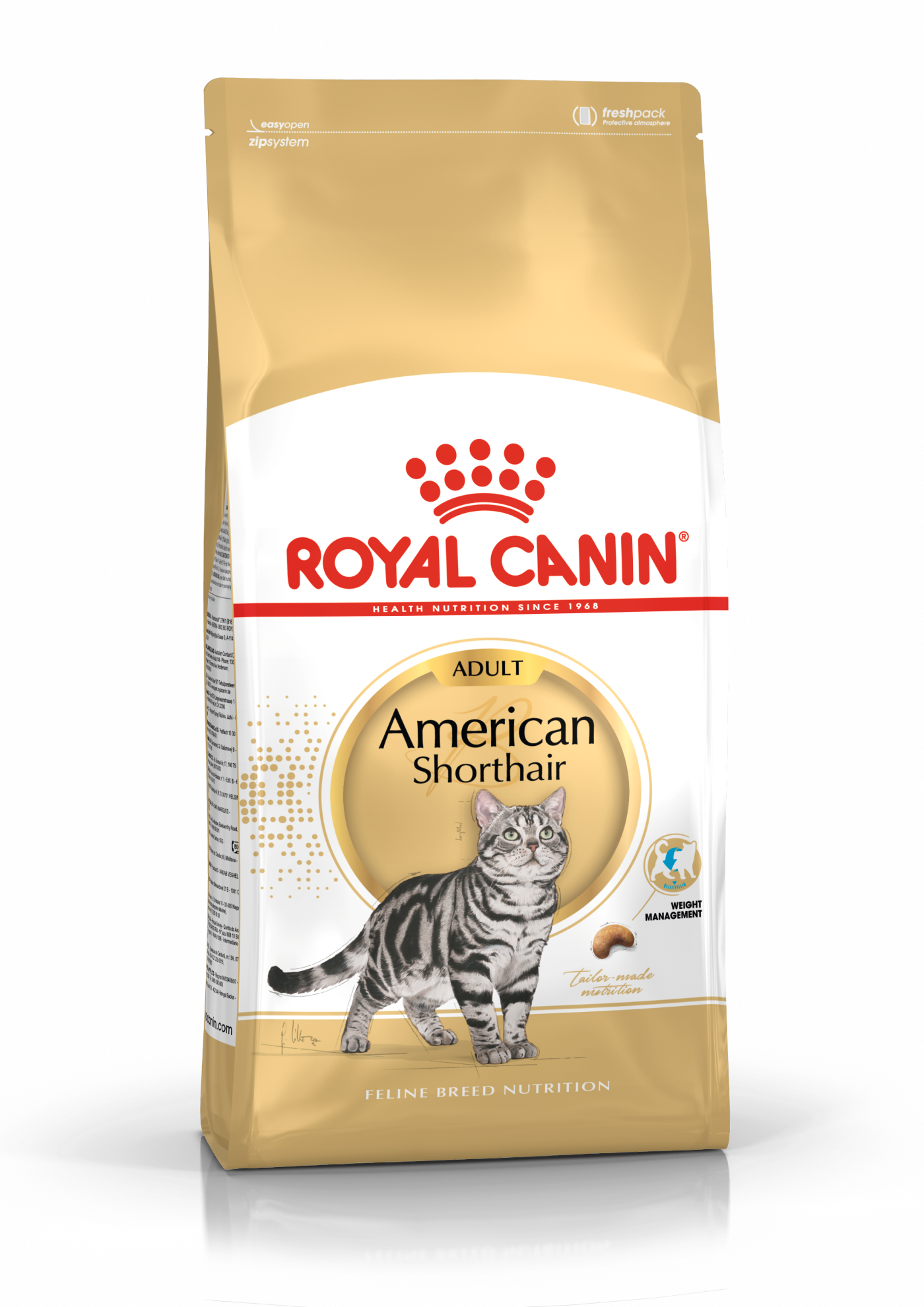
On top of maintaining a healthy urinary function as for all cats, the main nutritional goals for adult American Shorthairs are:
Contributing to maintaining an ideal body weight for this strongly built and powerful cat, by combining a moderate fat level with balanced fibres with adjusted content of high-quality proteins enriched with L-carnitine, which is important for healthy fat metabolism.
Helping to preserve the health and beauty of
their skin and their short lustrous coat, with the enriched addition of
targeted nutrients such as specific amino acids, vitamins, and omega-3 and
omega-6 fatty acids.
Supporting optimal digestion and balancing intestinal flora by using
highly digestible proteins and prebiotics
Supporting good oral hygiene
thanks to a kibble shape adapted to their medium-short muzzle, and a texture
that encourages them to chew
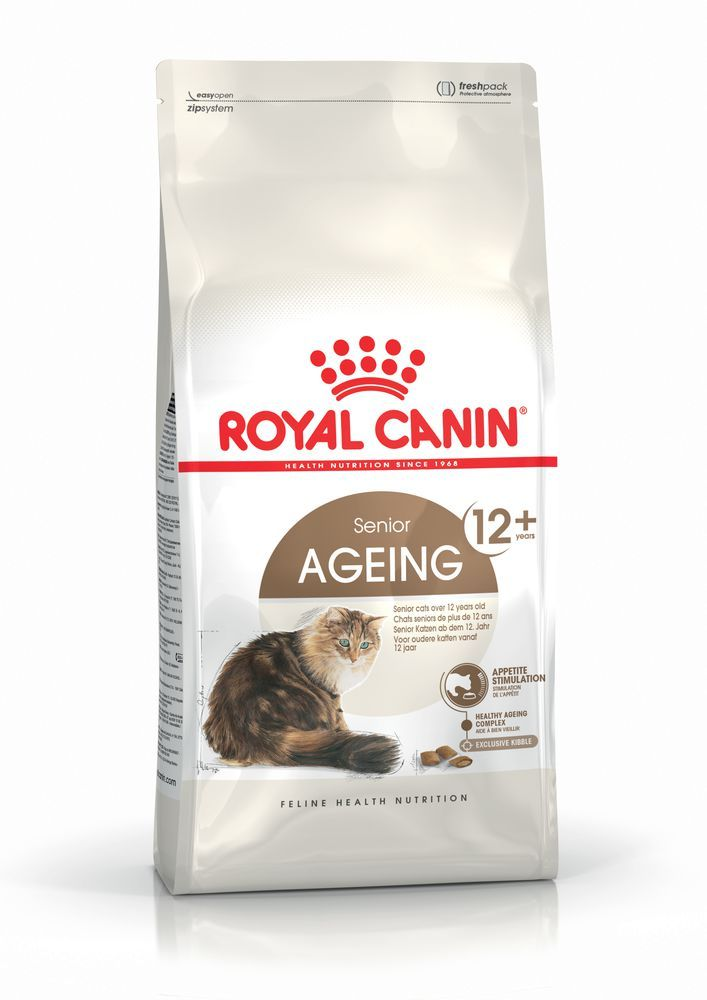
A senior cat - one over the age of 12 - may sometimes have difficulties with absorption. To maintain the weight of the ageing cat and minimise the risk of deficiency, they should be given an extremely digestible food filled with essential nutrients.
As they get older, cats increasingly suffer
from teeth problems, and in some senior cats, the sense of taste and smell may
decline as well, which leads to a lowered intake of food. To ensure they
continue to eat enough, the shape, size, and hardness - meaning texture - of
their kibble needs to be tailored to their now potentially more fragile jaw.
Note that the best energy
level for any cat still depends on their lifestyle, even those who are ageing.
A senior cat that continues to go out regularly will benefit from a diet with a
slightly higher fat content. On the other hand, ageing does not reduce an
indoor cat’s risk of obesity. Their calorie intake should still be closely
monitored. A food with a moderate fat content then may be optimal.
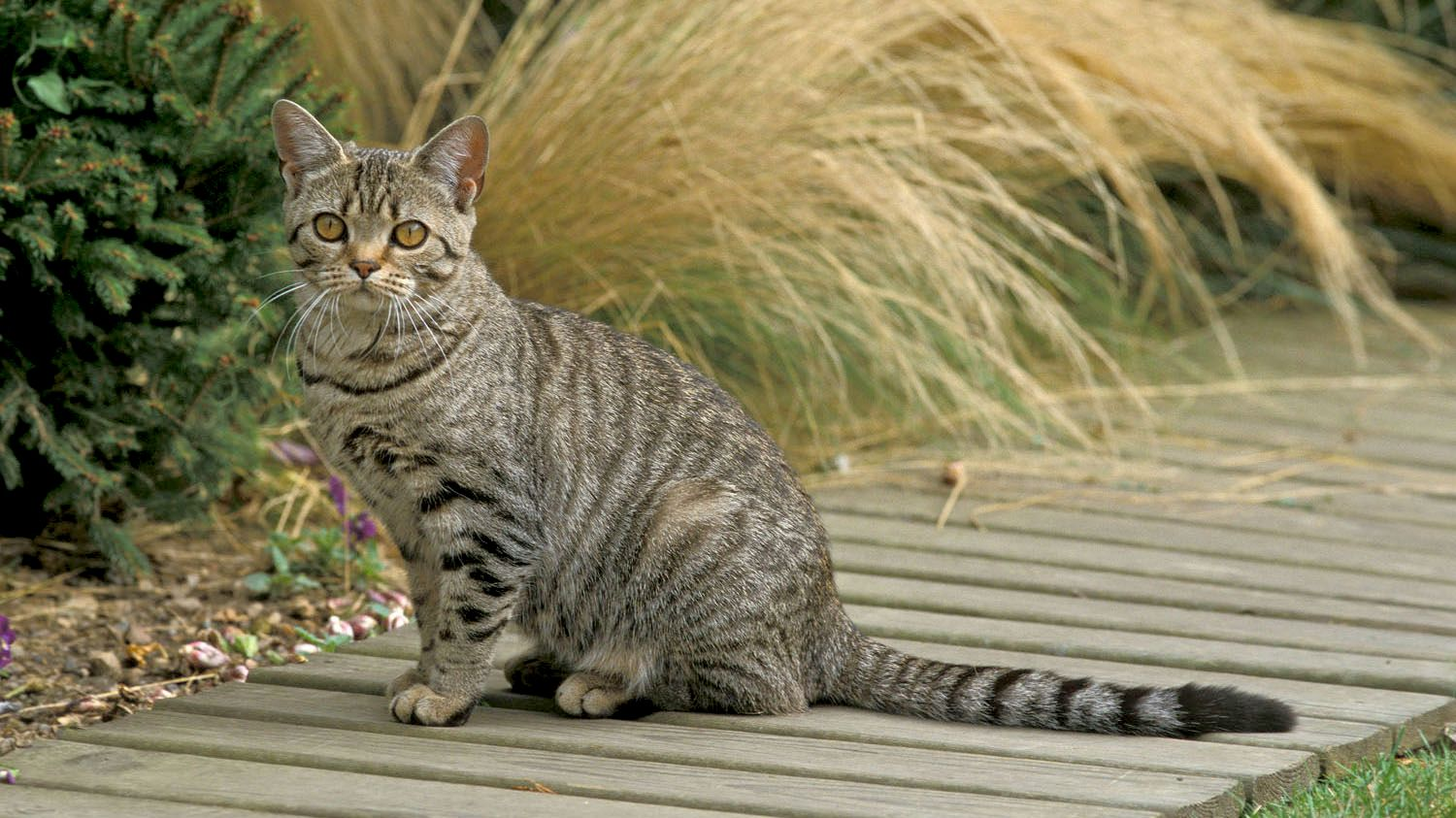
Caring for your American Shorthair
Grooming, training and exercise tips
You can add text here
You can add text here
You can add text here
You can add text here
You can add text here
You can add text here
All about American Shorthairs
This question can be a little confusing as, once upon a time, the American Shorthair was actually known as the Domestic Shorthair but then subsequently renamed. Today, though, the American Shorthair is the purebred pedigree cat, while the Domestic Shorthair is the name used for a cat of unknown parentage. However, unless you plan to enter the show ring, they can both make excellent family pets.
With their short, dense coat, shedding in the American Shorthair cat breed is generally moderate to average. Regular brushing should help to keep stray hairs away from the sofa and carpet. People sometimes assume that because their coat is short, the American Shorthair must also be hypoallergenic – but, in actual fact, there is no such a thing as a ‘hypoallergenic’ cat as the allergen is present in all breeds.
Read more on this topic
Sources
- Veterinary Centers of America https://vcahospitals.com/
- Royal Canin Cat Encyclopedia. Ed 2010 and 2020
- Banfield Pet Hospital https://www.banfield.com/
- Royal Canin BHN Product Book
Thích và chia sẻ trang này